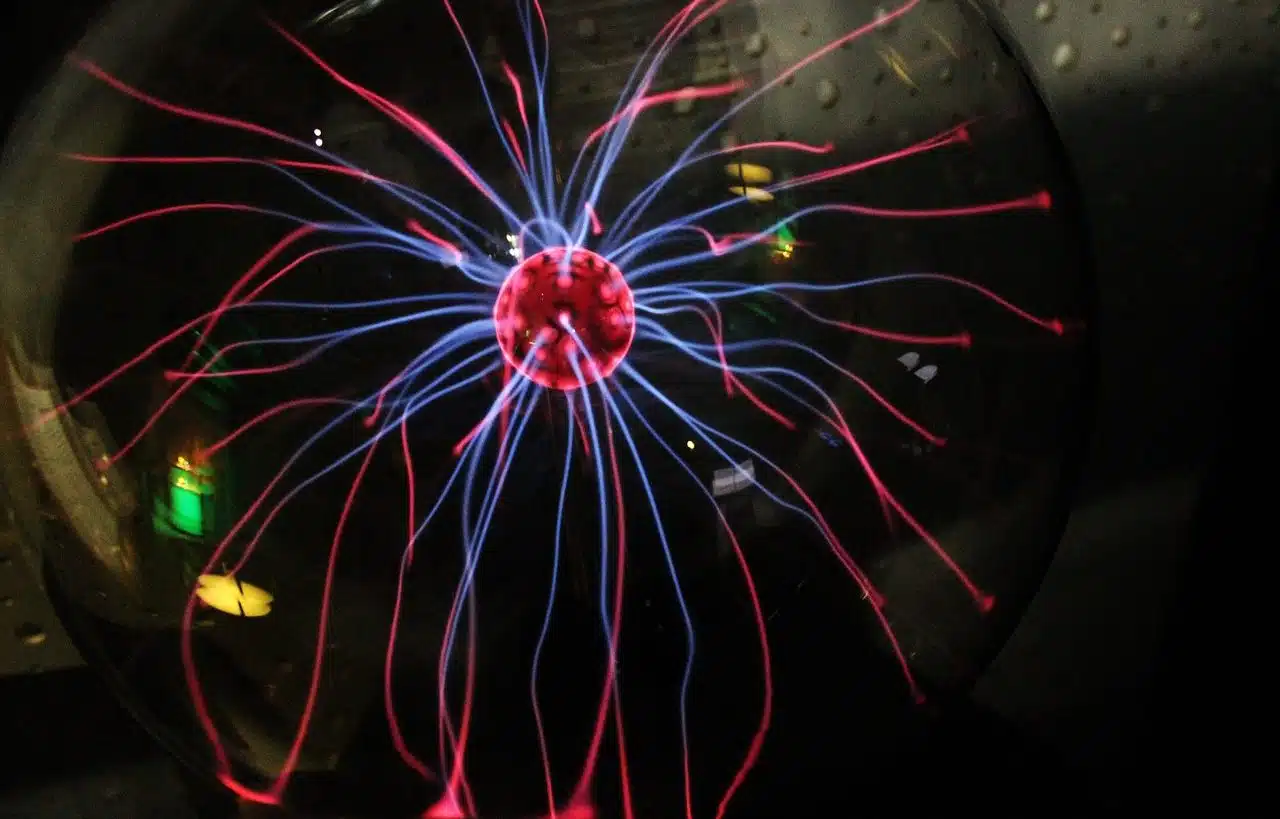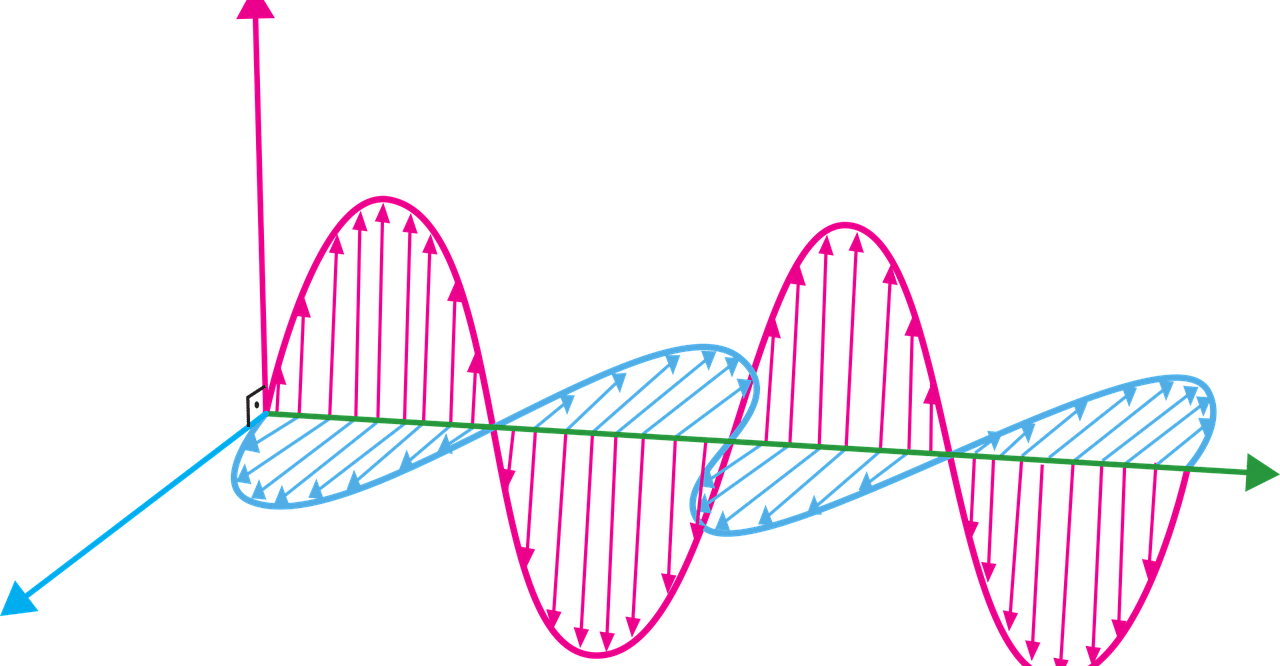
The electric field is the area where the intensity of an electric force is defined.
The electric field is the area of space at whose points the definition of the intensity of an electric force is specified. Electric fields can be represented through models that describe how systems and bodies with properties linked to electricity interact.
It is important to indicate that, in the field of physics , the spatial sector at whose points a physical magnitude is defined is called a field . Electric , for its part, is that linked to electricity : the force manifested through the rejection or attraction between charged particles.
Electric field characteristics
The origin of an electric field is found in the alteration produced by an electric charge in space . This electric charge modifies the physical properties of space, giving rise to the electric field. When another charge is introduced into the field in question, it experiences a force .
The electric field can also be defined as the electric force per unit charge. These fields are directed radially into a negative charge and outward from a positive charge . The direction is always considered to be the same as that which would exert the force on a positive charge. In other words: when the charge is negative, the electric field is incoming and radial; with a positive charge, on the other hand, the field is salient and radial.
An electric field, in short, arises when there is a charge that modifies the properties of space. The field represents the relationship between that charge and a new electric charge when both interact and exert a force .

Different models make it possible to represent an electric field.
Coulomb's law
One of the theoretical bases on which we can rely to understand the concept of electric field is Coulomb's law , which expresses the following: the magnitude of each electric force with which a pair of certain charges interacts at rest has a direct relationship proportional to the product of the magnitude of both, but inversely proportional to the square of the segment that exists between them. With respect to their direction, the line that connects them is drawn and their force can be attraction (if they have opposite signs) or repulsion (if they have the same sign).
Conventionally, it has been established that Coulomb's law is what allows us to define the notion of electric field in the most intuitive way possible, since when generalized it gives rise to the expression of the field between distributed charges at relative rest. On the other hand, when the charges involved are in motion, it becomes necessary to use a more extensive and formal definition, for which the principle of least action and quadvectors come into action.

The alteration of space caused by an electric charge generates the electric field.
Other principles of the electric field
The principle of least action , also known as Hamilton's or stationary action , belongs to the field of relativistic mechanics and classical mechanics and serves to describe the evolution that a physical field or a particle goes through in time while they are in motion. There are also formulations based on this principle in the field of quantum mechanics .
A quadvector , for its part, consists of a four-dimensional vector that makes it possible to represent any event in space-time. One of the problems that gave rise to its conception was the impossibility of absolutely defining the time that elapses between two points for all observers without taking into account their state of movement.
Known as field or force lines, on the other hand, are those that help us visualize more clearly the way in which the direction of an electric field varies when it moves between two points in space.
Your description
At a mathematical level, the description of an electric field is carried out through the equation of its rotation and its divergence .
In the case of rotational, it is described by Faraday's law . This precept indicates that, in a closed circuit, the electromotive force (also called induced voltage ) is directly proportional to the speed with which the magnetic flux varies whose path crosses a surface whose limit is the circuit.
As for divergence, the corresponding equation is the so-called Gauss law . This principle states that the flow of certain electric fields on a closed surface is proportional to the magnitude of the electric field sources in question that are located on the same surface.
Examples of electric field
An example of an electric field is one that is formed when a nightstand or candle lamp is connected to the electrical network . That is to say: if the device's cable is plugged in (the pins of its plug enter the outlet), an electric field exists since there are electric charges.
At the moment the lamp is turned on, a movement of electrons occurs through the cable. This electric current causes, in addition to the electric field, a magnetic field to also appear.
Another example of an electric field is found in the Sun. It occurs with the interaction of electrons and protons from the release of hydrogen atoms, a phenomenon caused by the very high temperatures in the solar core.
While the electron (negatively charged particle) moves away, the proton (positively charged) seeks to attract it. This leads to the production of the electric field in question.
